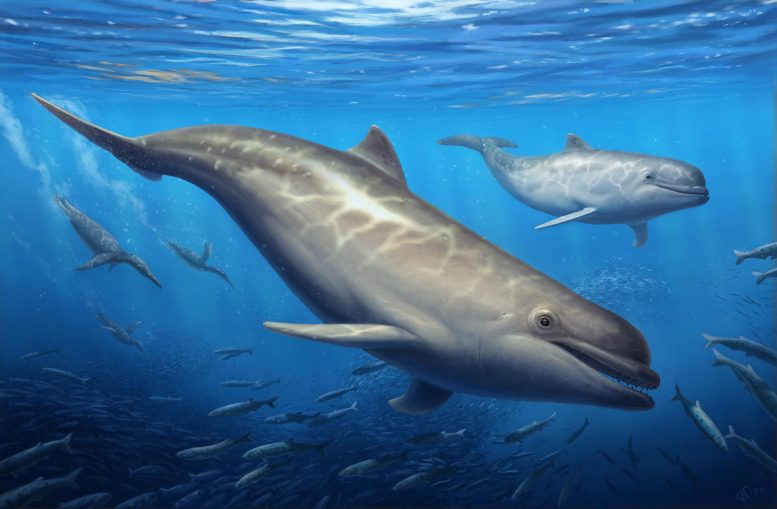
Life reconstruction of Olympicetus thalassodon pursuing a school of fishes alongside plotopterid birds (background) somewhere in the eastern North Pacific Ocean. Credit: Art by Cullen Townsend
Paleontologists have discovered a new species of toothed whale, Olympicetus thalassodon, which lived 28 million years ago and offers insights into the evolution of modern dolphins. This species, along with two other similar odontocetes found in the same area, belong to the Simocetidae family, which forms part of the early diverging groups of toothed whales. The study, however, leaves questions about their echolocation abilities.
Have you ever wondered what the earliest ancestors of today’s dolphins looked like? Then look no further, meet Olympicetus thalassodon, a new species of early odontocete, or toothed whale, that swam along the North Pacific coastline around 28 million years ago. This new species is one of several that are helping us understand the early history and diversification of modern dolphins, porpoises, and other toothed whales.
The new species is described in a new study published today (June 23) in the open access journal PeerJ Life and Environment by Puerto Rican paleontologist Jorge Velez-Juarbe of the Natural History Museum of Los Angeles County.
“Olympicetus thalassodon and its close relatives show a combination of features that truly sets them apart from any other group of toothed whales. Some of these characteristics, like the multi-cusped teeth, symmetric skulls, and forward position of the nostrils makes them look more like an intermediate between archaic whales and the dolphins we are more familiar with,” says Dr. Velez-Juarbe, Associate Curator of Marine Mammals at NHMLAC.
But Olympicetus thalassodon was not alone, the remains of two other closely related odontocetes were described in the same paper. The fossils were all collected from a geologic unit called the Pysht Formation, exposed along the coast of the Olympic Peninsula in Washington State and dated to between 26.5–30.5 million years.
The study further revealed that Olympicetus and its close kin belonged to a family called Simocetidae, a group so far known only from the North Pacific and one of the earliest diverging groups of toothed whales. Simocetids formed part of an unusual fauna represented by fossils found in the Pysht Formation and which included plotopterids (an extinct group of flightless, penguin-like birds), the bizarre desmostylians, early relatives of seals and walruses, and toothed baleen whales.
Differences in body size, teeth and other feeding-related structures suggest that simocetids showed different forms of prey acquisition and likely prey preferences. “The teeth of Olympicetus are truly weird, they are what we refer to as heterodont, meaning that they show differences along the toothrow,” notes Dr. Velez-Juarbe, “this stands out against the teeth of more advanced odontocetes whose teeth are simpler and tend to look nearly the same.”
However, other aspects of the biology of these early toothed whales remain to be elucidated, such as whether they could echolocate like their living relatives, or not. Some aspects of their skull can be related to the presence of echolocating-related structures, such as a melon. An earlier study had suggested that neonatal individuals could not hear ultrasonic sounds, so the next step would be to investigate the earbones of subadult and adult individuals to test whether this changed as they grew older.
Reference: “New heterodont odontocetes from the Oligocene Pysht Formation in Washington State, U.S.A., and a reevaluation of Simocetidae (Cetacea, Odontoceti)” by Jorge Velez-Juarbe, 23 June 2023, PeerJ Life and Environment.
DOI: 10.7717/peerj.15576

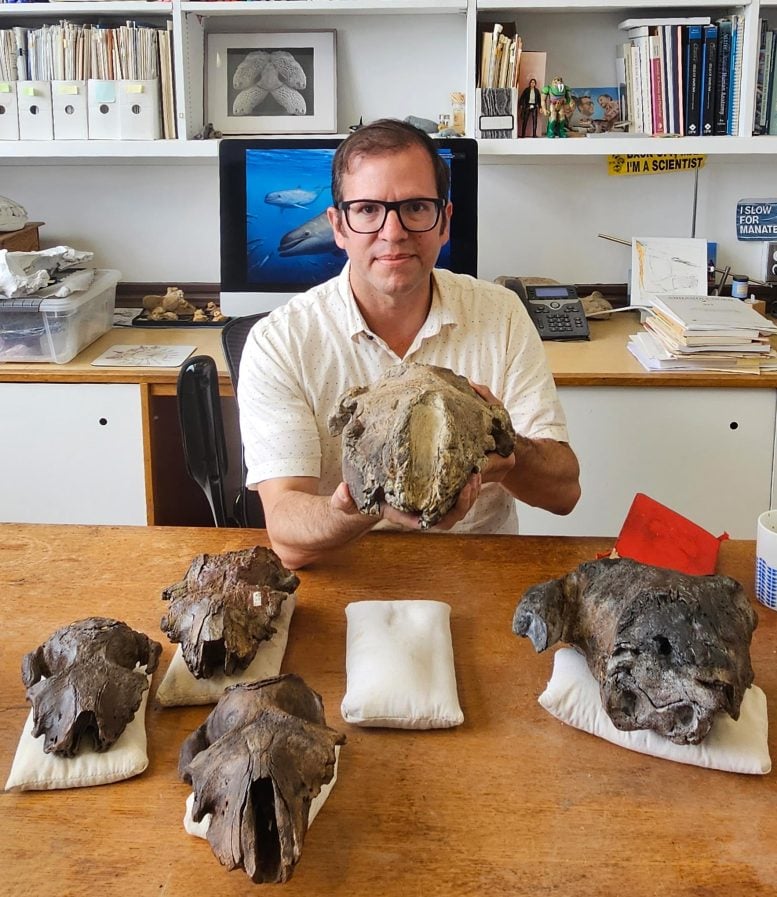
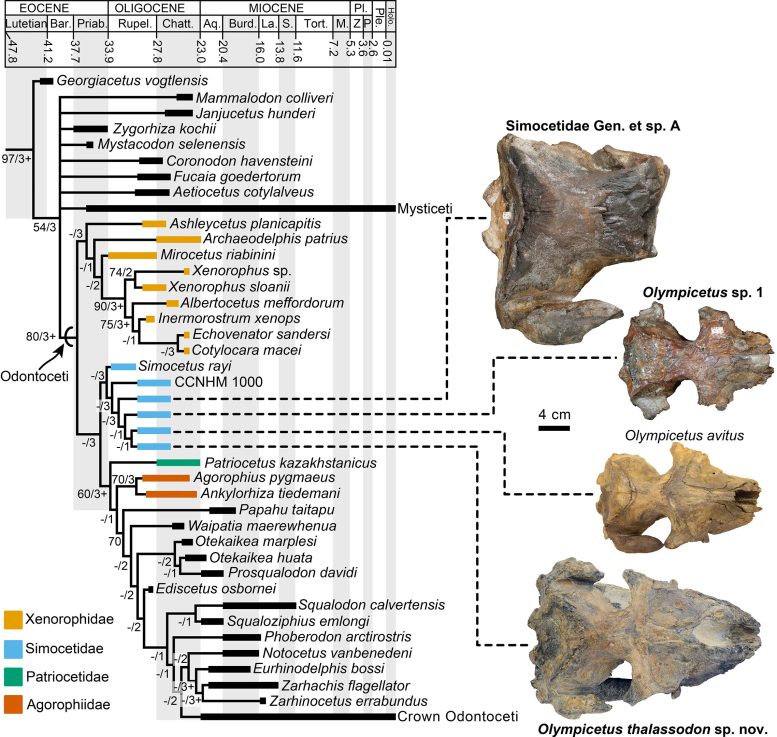
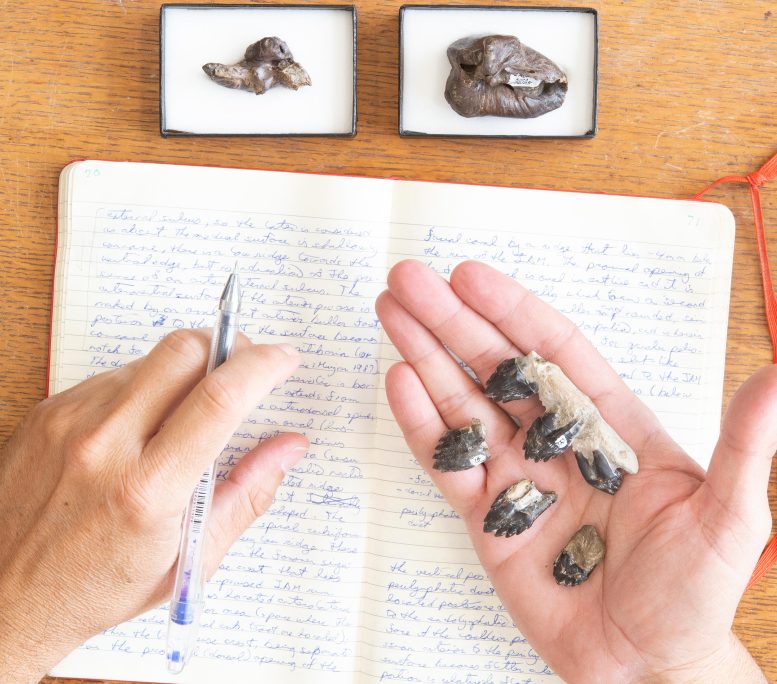
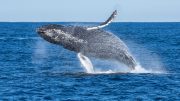
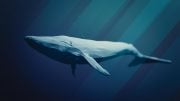
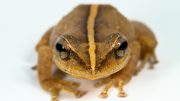
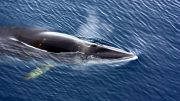
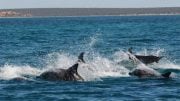
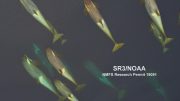
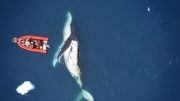
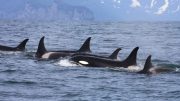
Be the first to comment on "Swimming With Ancient Giants: Earliest Ancestors of Today’s Dolphins Discovered"